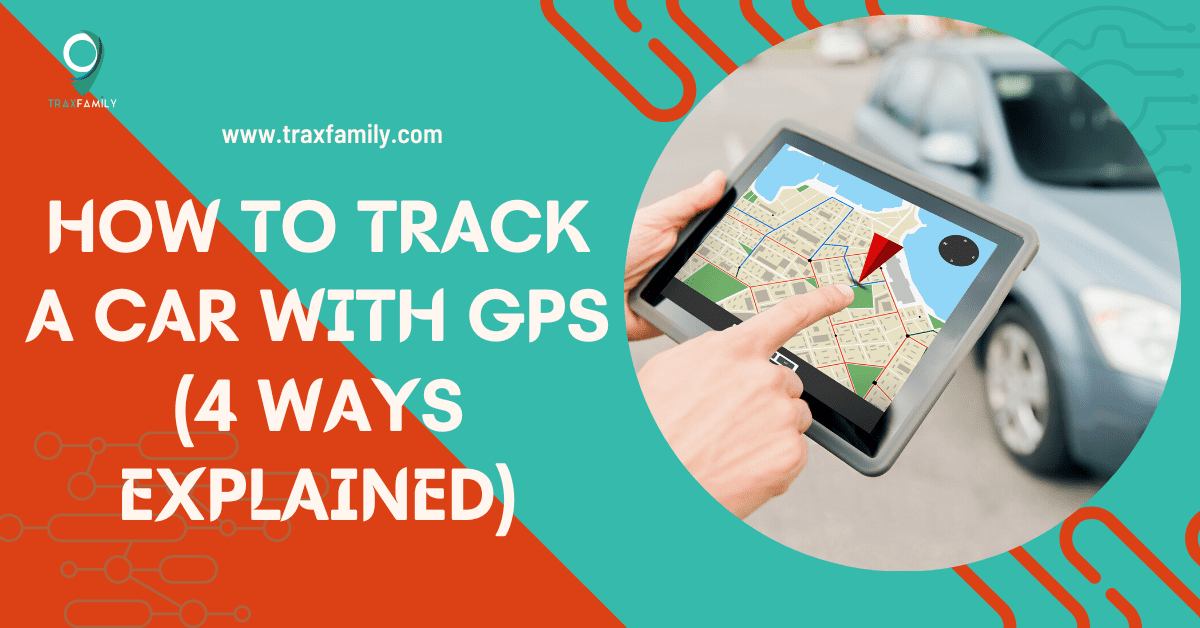The advent of the Global Positioning System (GPS) revolutionized the methods for navigation and monitoring. It’s the perfect tracking solution when searching for a lost road or a car.
There isn’t any area in the human social sphere that remains untouched by GPS technology. Even the tradition of agriculture and the rules of the old-school military couldn’t fall into its exception.
Developments in GPS research met the evolution of car mechanisms to create innovation for tracking cars. That’s how GPS trackers came into being.
Car owners and rental service providers attach GPS trackers to their vehicles to keep them safe from getting stolen. On the other hand, industries utilize this facility for tracking their fleet of delivery automobiles or other products.
Parents install GPS trackers in their teenager’s cars to track their driving habits. In contrast, grown-up children put trackers in their parent’s cars for their safety.
Even car security systems embraced the benefits of GPS by installing in-built tracking capacities in its functioning, along with other safety measures like an automatic crash response.
Although one can easily find a suitable GPS tracker for their car, its users should remember not to use it for unethical tracking of someone else’s vehicle.
How Do GPS Trackers Work In A Car?
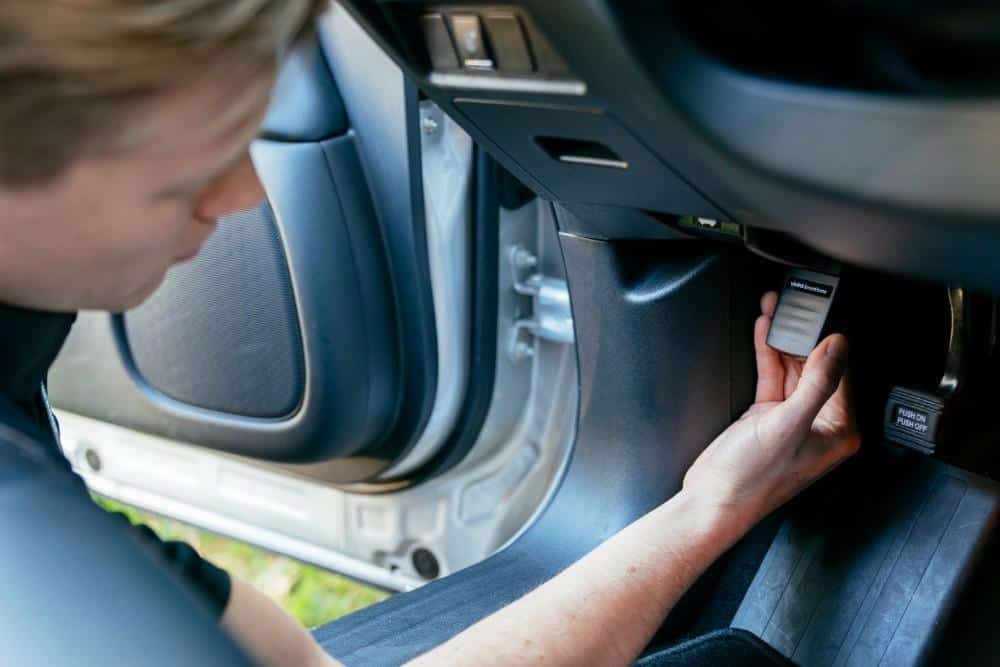
GPS trackers installed in cars function by employing the Global Positioning System— a set-up of satellites, ground control rooms, and GPS coordinate receivers. It estimates your vehicle’s current location, speed, etc., by sending a signal to multiple GPS satellites orbiting the Earth and then calculating the time it takes for each satellite to revert it.
Here is a simple breakdown of the GPS tracker’s functioning:
- The tracker fixed in your car consists of a receiver and an antenna. It sends a signal to multiple satellites and receives it back for calculating its real-time location. The installation of an antenna improves the quality of this process.
- The receiver then processes this information and sends it to an online server through a cellular or satellite network.
- The owner of the tracker can access their monitoring service’s server through a website or application to track their vehicle.
While some advanced GPS trackers can generate information about various metrics like speed, location, distance covered, etc., other simpler trackers only provide users with the car’s real-time positioning.
It’s not necessary to opt for expensive trackers. You can choose a simple GPS tracker if the sole purpose of its purchase is to secure your car.
Types of GPS Trackers for Cars
You’ll come across different GPS trackers in multiple sizes and functionality. However, these three options are a public favorite owing to their ability to comply with every car owner’s security needs.
Hardwired GPS Tracker
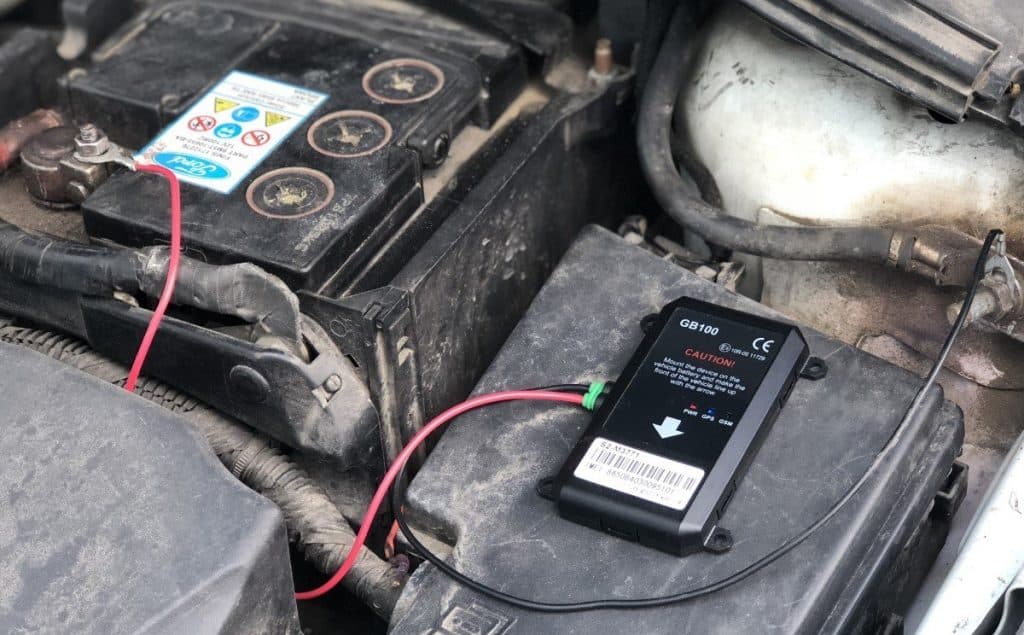
These trackers are complicated to install but are immensely accurate when generating location data.
Hardwired trackers are installed directly into the car’s electric system and run on the car’s battery. These are highly reliable and secure because it’s tampering would require engaging with the mechanism of the car’s electrical system.
However, these are expensive and need professional assistance for installation.
Plug-In GPS Trackers
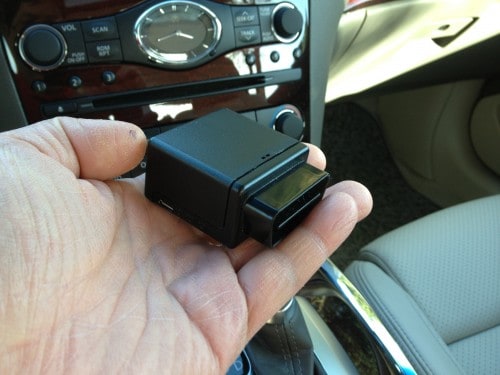
Installation of these GPS trackers is quite simple: plug the device into your car’s OBD-II port. This port is present below the dashboard area on the driver’s side.
Although the detachable feature of this tracker makes it less secure than a hardwired tracker, these trackers are inconspicuous because of their minuscule size. Additionally, these trackers run on the car’s battery and will not create the issue of frequent battery changes.
Plug-in trackers are inexpensive and easy to handle; however, they may not be compatible with all vehicles. Recent car models do not possess an OBD-II port. Therefore, you must check your car’s features before purchasing a plug-in GPS tracker.
Battery-Powered GPS Tracker
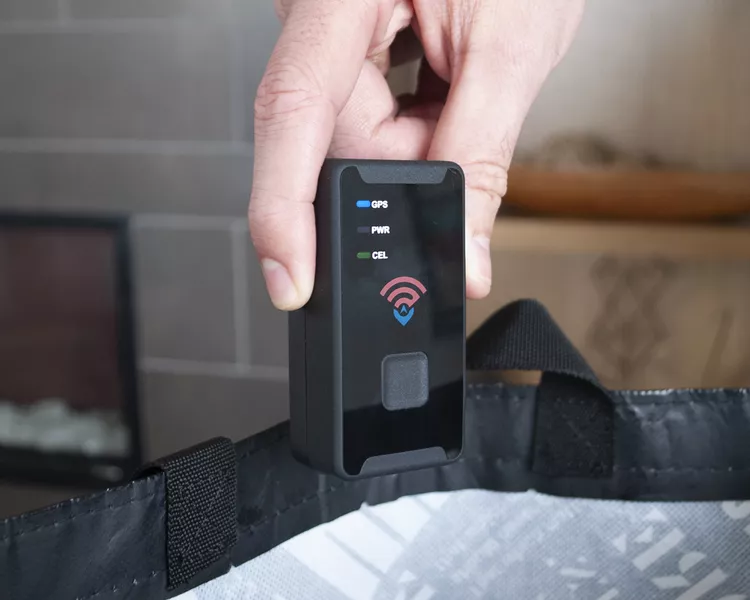
These are portable trackers that do not need any installation. After purchasing it, the user has to activate the GPS and place it in the car’s hiding spaces, like the glove box or under the seats.
Battery-powered GPS trackers are small in size. This feature makes it difficult to detect. Moreover, these run on their battery which eliminates the possibility of its detection through visible wires.
Most battery-powered trackers can function for up to several weeks after charging once. This facility depends on the usage and setting of the tracker you choose.
How To Track A Car With Hardwired GPS tracker?
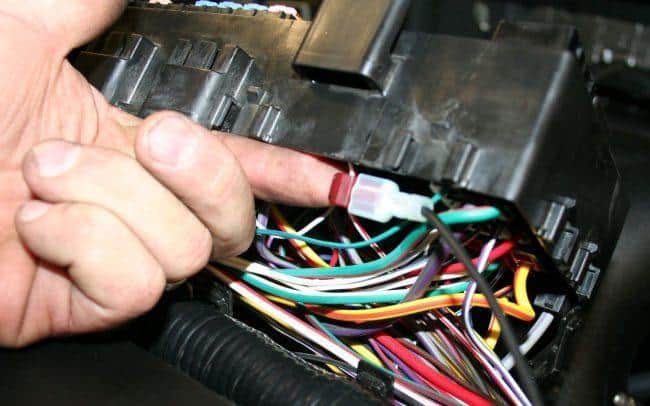
Follow the instructions below to use a hardwired GPS tracker for your car:
- Select a hardwired GPS tracker as per your tracking needs and budget. You can purchase it from a security retailer or an online store.
- Install the tracker in your car. Its installation process is complicated, given the necessity of connecting it directly to the car’s electrical system. You can seek professional help from a mechanic for this purpose.
- Connect your GPS tracker to a monitoring system. Some hardwire trackers require a subscription to a monitoring application to track your car. Once you get the subscription, set up an account and activate your tracker.
- Drive your car around the block to access the functioning of your tracker. Your subscription would allow you to track your vehicle through an app or a website. You should be able to see your car’s real-time location, speed, and other information through it.
- Some hardwired GPS trackers have a ‘Set Alert’ feature for location, geofencing, speed, etc. You can use this facility to keep tabs on your vehicle’s movement and receive live notifications through email or text.
Installing a hardwired GPS tracker on your car may void its warranty. It’s advisable to seek professional advice before fixing this device on your vehicle.
How To Track A Car With Plug-In GPS Tracker?
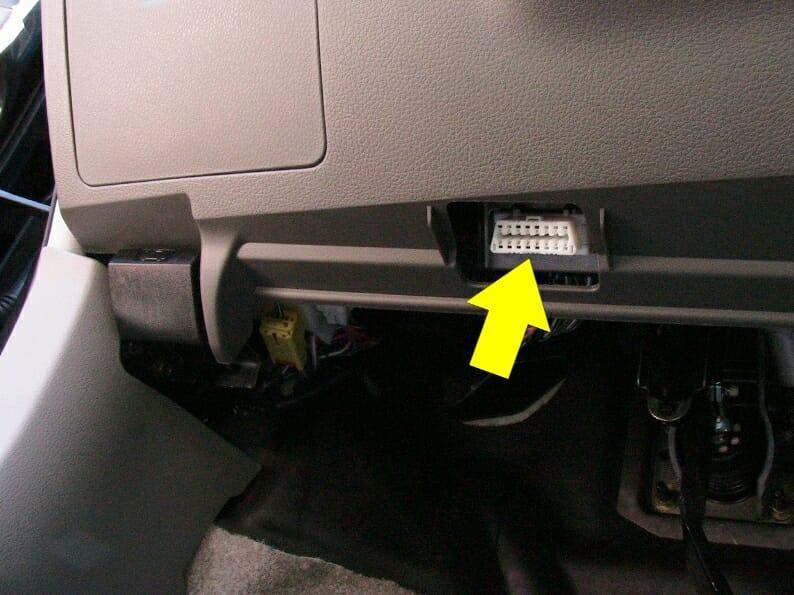
A plug-in GPS tracker is simple to use and doesn’t need expert help for installation. Follow the step below to track your car with a plug-in GPS device:
- You can find plug-in trackers of different sizes and capabilities. Choose a tracker that’s economical and fits your needs.
- Place your plug-in GPS tracker in your car’s OBD-II port. You’ll probably locate this port under the dashboard on the driver’s side. Although most plug-in trackers run on the car’s electrical system, some trackers require an installation of an external power source.
- Connect your plug-in tracker to a monitoring service. Most GPS trackers need a paid subscription to a monitoring application to track your car. Purchase a service that fits your budget and make an account to activate your GPS tracker.
- After activating your tracker, check its functioning by driving your car down the block. You should be able to see your car’s speed, location, distance traveled, etc., on your monitoring screen.
- Your tracking mechanism will allow you to set alerts for factors like speed, geofencing, location, etc. You can opt for this option and get an alert by text or email if your car’s speed or location passes your set limits.
Compared to a hardwired GPS tracker, these trackers are less secure for their easy installation and removal system. Moreover, recent car models may have a different OBD-II port. Ensure your car’s compatibility before investing in a plug-in GPS tracker.
How To Track A Car With A Battery-Powered GPS Tracker?
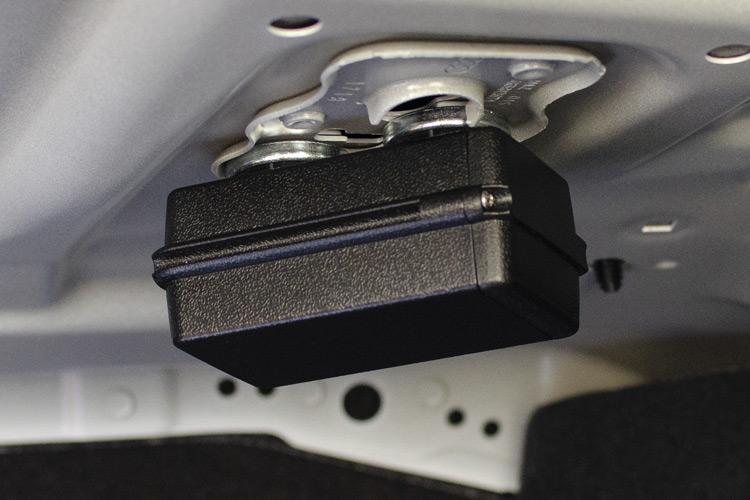
The process of tracking a car with a battery-power GPS tracker is a straightforward affair. Follow the instruction given below:
- You’ll find battery-powered GPS trackers in multiple sizes and feature options. Select a tracker that fits your needs.
- Install the tracker in your car. You can place this portable GPS tracker anywhere inside your vehicle. Some battery-powered trackers have magnetic attachments; fix them on the car’s metal surface, inside or outside.
- Attach your GPS tracker to a monitoring service. Your battery-powered tracker may necessitate the purchase of a paid monitoring service subscription. Once you access such a service, create an account and activate your GPS.
- Check the functioning of your GPS tracker by taking your car out for a spin. Your monitoring service will allow you to access information about your vehicle’s real-time speed, location, direction followed, etc., through a phone application or website.
- Most of these GPS trackers come with the ‘Set Alert’ feature to fix limits on your car’s speed or allow geofencing. If you enable this option, it’ll alert you by text or email when your vehicle crosses the set limits.
- Replace the battery of your tracker when required. The frequency of battery change will depend on your tracker’s battery life and usage. You can even opt for a battery-powered GPS tracker with a rechargeable battery.
Battery-powered GPS trackers do not function by deriving power from your car’s electric system. They solely run on their battery power.
Keep an eye on your tracker’s battery level and timely replace its batteries to ensure unhindered tracking of your car.
How To Track Your Car With A Smartphone?
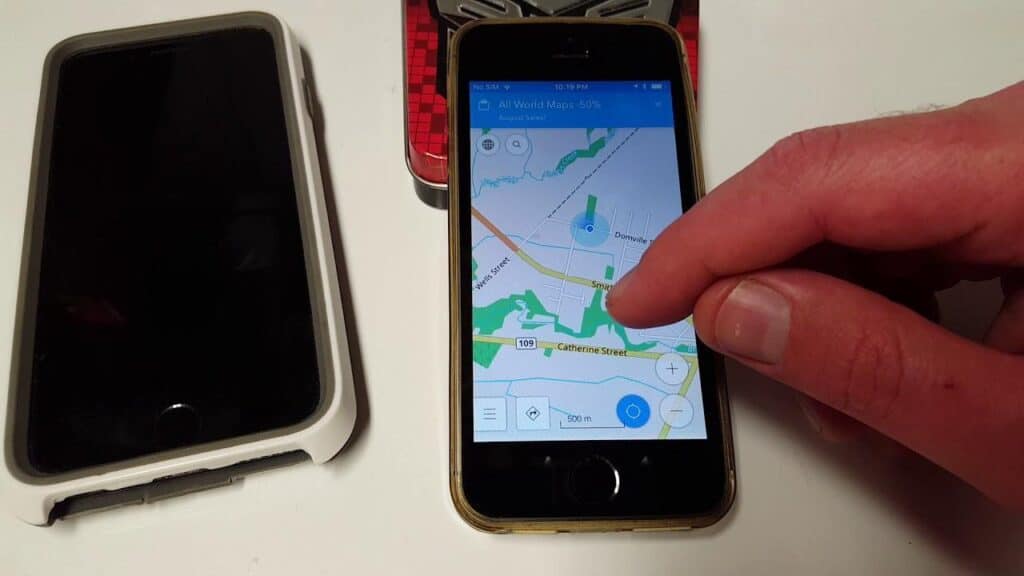
Although it’s not an ideal tracking solution for your car, it’s a possible task to turn an old smartphone into a GPS tracker. Follow the instruction given below:
- Download a tracking app on your old cellphone. The most commonly used tracking apps are Google Maps and Find My Device.
- The functioning of this makeshift tracker depends on a stable data connection. Ensure the reliability of your old phone’s data connection through a cellular network or Wi-Fi.
- Open the tracking app on your old phone and enable its location sharing. You may have to turn on this function on your phone through its app setting, depending on the specifications of your tracking app.
- Install the same tracking application on a second device, like a smartphone or a tablet, to track your car. Then, you might have to log into the app and select the old phone as the ‘device to track.
Your old smartphone cannot offer you the functionalities of an actual GPS tracker. Its accuracy, battery life, and reliability are limited. Remember, it’ll stop functioning if there’s a glitch in its system or if it runs out of battery.
Hacks For Tracking A Car
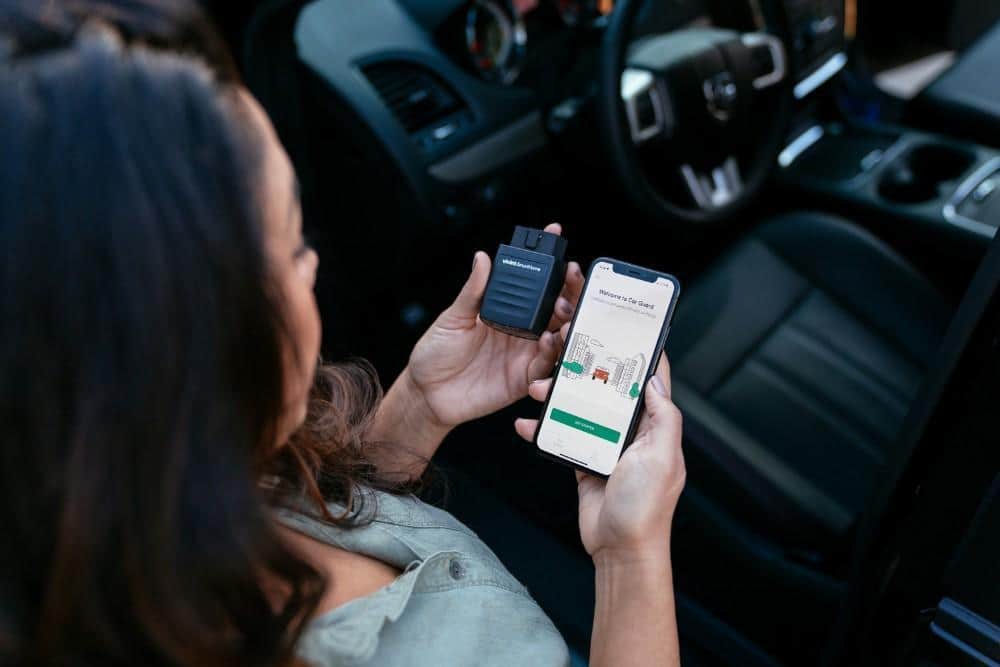
Tracking any vehicle without the owner’s consent is illegal in various countries. However, if you have valid and legal reasons for tracking your car, then here are some hacks:
- GPS tracking devices: Install a hardwired GPS tracker in your car’s electric system or insert a plug-in tracker in your OBD port. These devices can generate real-time data about your car’s speed, location, and other factors and store it on a server for user access.
- Mobile tracking apps: If you’re looking for a temporary tracking solution for your car, you can turn your old smartphone into a makeshift GPS tracker. Download a tracking app on the old phone and track its location using the same application on the monitoring device, like a smartphone or tablet.
- Car security system: Many car security systems offer GPS systems to allow users to track their vehicle’s whereabouts. If you have a subscription to a security system, check the availability of this feature on it to track your car.
You can choose any of the above-given methods to track your car according to your security needs and budget. Make sure to use these car tracking hacks for legal reasons only. It’s pertinent to remember that keeping tabs on someone’s car location without their consent is considered a crime under various laws.
FAQ’s
Here are answers to some frequently asked queries:
Yes, GPS devices remain functioning even after the car ignition is off. Most GPS trackers, with new technology, have an in-built battery to enable their operation without constant power connection.
GPS trackers with advanced mechanisms can track the exact location of your car with up to 10 meters of accuracy.
SIM card is optional for every GPS tracker used in cars. It’s only a requirement for a tracker that sends data to a smartphone through a cellular network.
While the GPS aids navigation by showing the direction to the user’s destination, the GPS tracker will show the user their car’s current location, speed, and movement.
Most GPS trackers have a monthly fee attached to their services. However, research a little and find a tracker that fulfills your car’s security needs while fitting your budget.
Conclusion
Tracking GPS trackers on a car is achievable without much technical difficulty, for both, laymen and moderately experienced technicians.
Based on your intuition and reason for tracking, you can either opt for simple GPS applications and attachable devices, or hard-wired connections that are harder to locate.

Meet Klark Kurz, a GPS enthusiast and author with a B.B.A. in Finance from Texas A&M University. With a passion for technology and innovation, Klark provides accessible and user-friendly content to help individuals and businesses make informed decisions. As a regular contributor to TraxFamily.com, Klark’s insights and practical advice make GPS tracking more accessible, affordable, and user-friendly.

